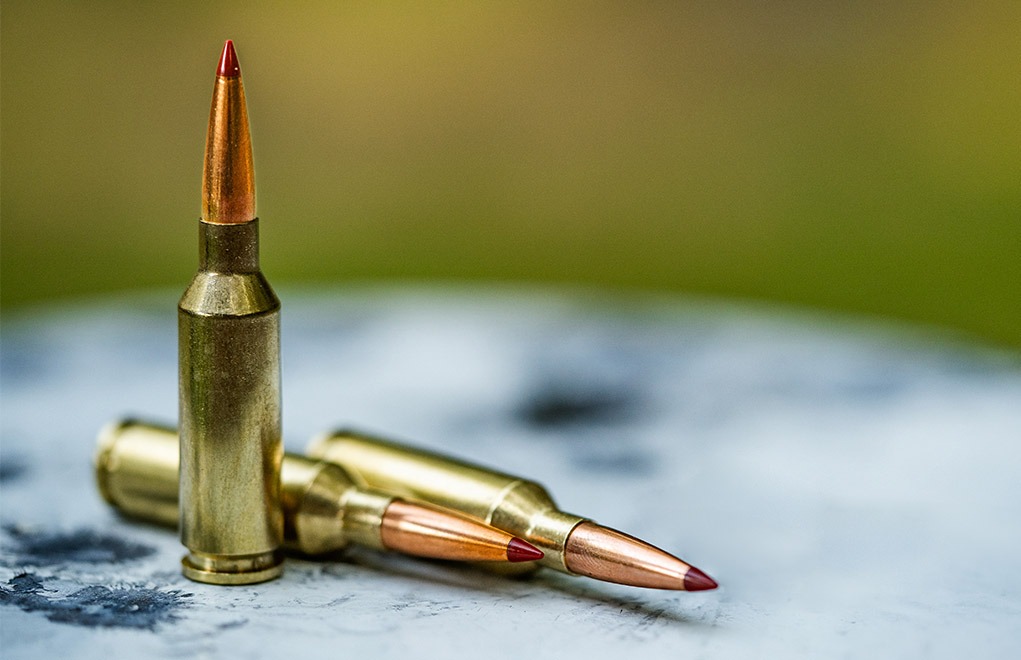Should the universally adored .223 Remington be worried? Here we look at Hornady’s .22 ARC to find out.
When I got into law enforcement, I soon discovered one of my most important duties would be to write incident reports. I also learned that, to write an effective incident report that accurately conveyed the situation and provided me with a solid reference in court, it would have to be based on fact. In other words, like Dragnet television series character Sergeant Joe Friday is so famously credited with saying, “Just the facts, ma’am.”
That’s what you have here: a report without hype or hyperbole on the facts as they relate to Hornady’s new .22 ARC (Advanced Rifle Cartridge). Interestingly, Sergeant Friday’s original—real—quote was, “All we want are the facts, ma’am.”

The Cartridge Case
In 1974, Dr. Louis Palmisano and Ferris Pindell created a wildcat cartridge for benchrest competition. It was based on the .220 Russian cartridge, which was an adaptation of the 7.62x39mm Russian cartridge. They called their wildcat the .22 PPC (Palmisano Pindell Cartridge), and it became very popular for benchrest shooting. However, it never gained SAAMI (Sporting Arms and Ammunition Manufacturer’s Institute) acceptance, but, in 1989, the CIP (Commission Internationale Permanente), which is Europe’s equivalent of SAAMI, did approve the .22 PPC.
Still, without SAAMI acceptance, the .22 PPC was doomed to the life of a wildcat.
In 2024, on the heels of their successful launch of the 6mm ARC, which was Hornady’s adaptation of the 6mm PPC cartridge, Hornady introduced the .22 ARC. The .22 ARC is a slightly modified .22 PPC. Hornady reduced the cartridge’s rim by 0.003, the circumference of the case body by 0.002, and also made slight modifications to the case length.
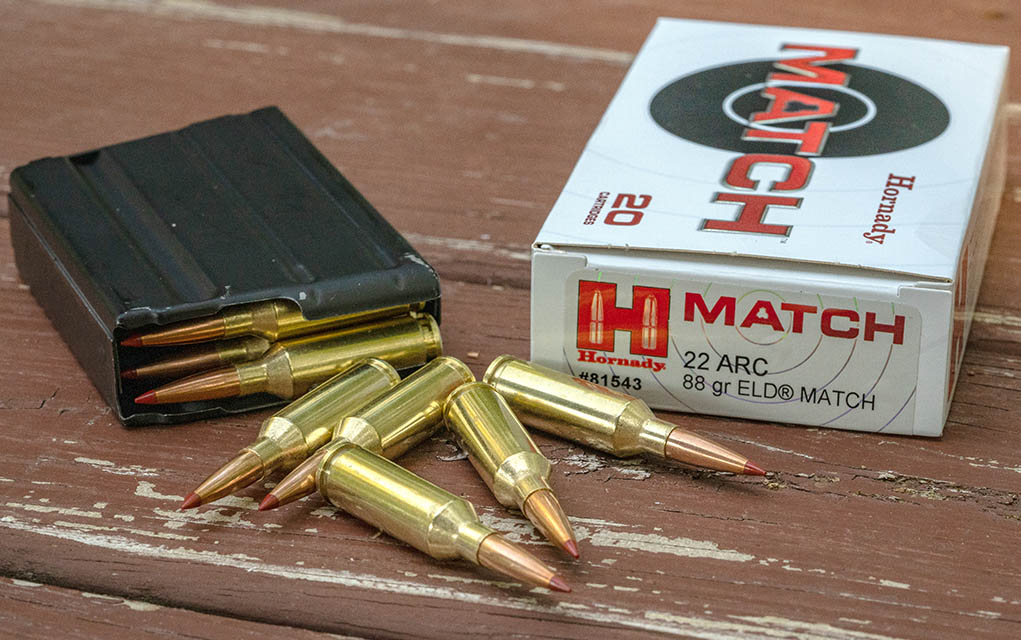
The three most notable changes Hornady made to the .22 PPC were to increase the overall cartridge length to 2.260 inches, to double the speed of the rifling twist rate and to decrease the maximum average chamber pressure (MAP) from 58,000 psi to 52,000 psi.
The Bullet
Like all other popular 0.224-caliber centerfire cartridges, the .22 ARC uses the same diameter bullet. However, because of its faster 1:7 rifling twist rate, the .22 ARC can stabilize heavier—longer—bullets that have a higher ballistic coefficient (BC). You can effectively load and shoot any 0.224-caliber bullet in a .22 ARC, and Hodgdon lists load data for bullets ranging in weight from 55 to 95 grains.
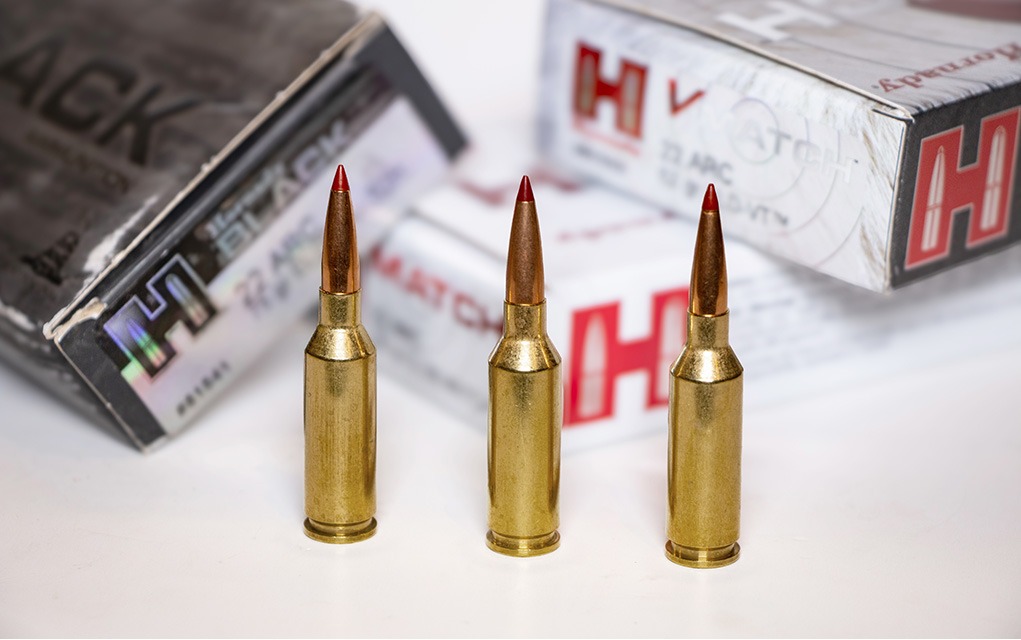
Hornady currently offers factory ammo loaded with 62-, 75- and 88-grain bullets. As a comparison, the highest BC bullet Hornady loads for the .223 Remington is a 73-grain ELD-Match bullet with a G1 BC of 0.398. The BC of Hornady’s 88-grain ELD-Match bullet they load in the .22 ARC has a G1 BC of 0.545. That’s an increase in bullet BC of 27 percent.
Primers and Powders
Just as with most centerfire 0.224-caliber rifle cartridges—.223 Remington, 5.56 NATO, .224 Valkyrie and .22 Nosler—the .22 ARC uses a small rifle primer. Interestingly, the 7.62x39mm Russian cartridge, which is the parent case for the .22 PPC/.22 ARC, originally used large rifle primers.
However, today’s manufacturers offer 7.62x39mm ammunition and brass for both large and small primers. Powder choice for the .22 ARC varies greatly depending on the bullet weight chosen, but typically powders with a burn rate somewhere between Accurate 2230 and Hybrid 100 V work best.
Load Data
If you are a handloader interested in working with the .22 ARC, you will want load data. Hodgdon lists a wide array of loads on their website, but all these loads are held within the cartridge’s MAP of 52,000 psi, which was approved by SAAMI.

Though you might only think of the .22 ARC as a cartridge for an AR-15, it will also work in a bolt action rifle and Hornady—unusually—provides higher pressure .22 ARC load data for bolt-action rifles. Maximum loads created with this data can have a MAP as high as 62,000 psi and are not safe in AR-15 rifles. For example, Hornady lists a maximum load for a 75-grain bullet for a gas gun at 29.8 grains of CFE .223, but for the same load in a bolt-action rifle they list a maximum charge of 31.5 grains.
Muzzle Velocity
Velocity will vary based on the weight of the bullet and powder used … along with barrel length. The fastest velocity Hodgdon lists for a handloaded 55-grain bullet in the .22 ARC is 3,469 fps, using a 55-grain Hornady V-Max ahead of 31.2 grains of Accurate 2520 powder and a Federal No. 205 small rifle primer. For the heavier 95-grain bullet, Hodgdon lists a muzzle velocity of 2,665 fps out of a 24-inch barrel using a 95-grain Sierra HPBT bullet ahead of 28.5 grains of Accurate 2,700 and the same primer.
For their factory-loaded ammunition, Hornady lists a muzzle velocity of 3,300 fps with a 62-grain bullet, 3,075 fps with a 75-grain bullet and 2,820 fps with an 88-grain bullet. Testing out of a Ballistic Advantage AR-15 with an 18-inch barrel delivered respective velocities of 3,114 fps with the 62-grain load, 2,909 fps with the 75-grain load and 2,719 fps with the 88-grain load.
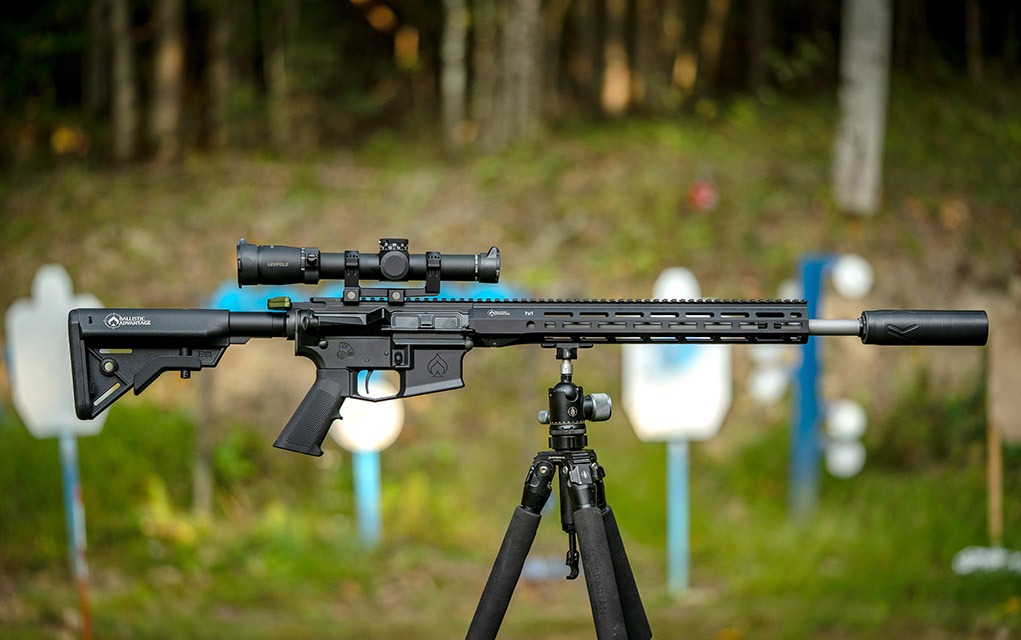
Compared to other .22 centerfire AR-15 compatible cartridges loaded with a 75-grain bullet, the .22 ARC is about 200-fps faster than the .223 Remington and about 100-fps faster than the .22 Nosler and .224 Valkyrie.
| LOAD | MUZZLE VELOCITY (FPS) | STANDARD DEVIATION | ENERGY | PRECISION |
| Hornady 62 grain ELD-VT | 3,114 | 18.9 | 1,335 | 1.27 |
| Hornady 75-grain ELD Match Black | 2,909 | 18.7 | 1,409 | 1.39 |
| Hornady 88-grain ELD Match | 2,719 | 15.3 | 1,444 | 0.84 |
| AVERAGE: 1.17 |
External Ballistics
Because of its higher muzzle velocity, combined with the higher BC bullets it can stabilize, the .22 ARC shoots flatter than other .22 centerfire AR-15 compatible cartridges. With its best-performing factory load, the .22 ARC will push a bullet to 1,000 yards in about 1.5 seconds.
Comparably, the .223 Remington can push a bullet to 1,000 yards in about 1.69 seconds, the .22 Nosler in about 1.62 seconds and the .223 Valkyrie in about 1.59 seconds. Since time of flight directly correlates to the amount of time gravity and wind have to pull and push on a bullet in flight, the .22 ARC shoots flatter with less drift.
When you compare the best long-range loads for these four AR-15 compatible cartridges, the .22 ARC will drop about 15 percent less than the .223 Remington, about 11 percent less than the .22 Nosler, and about 7 percent less than the .224 Valkyrie.
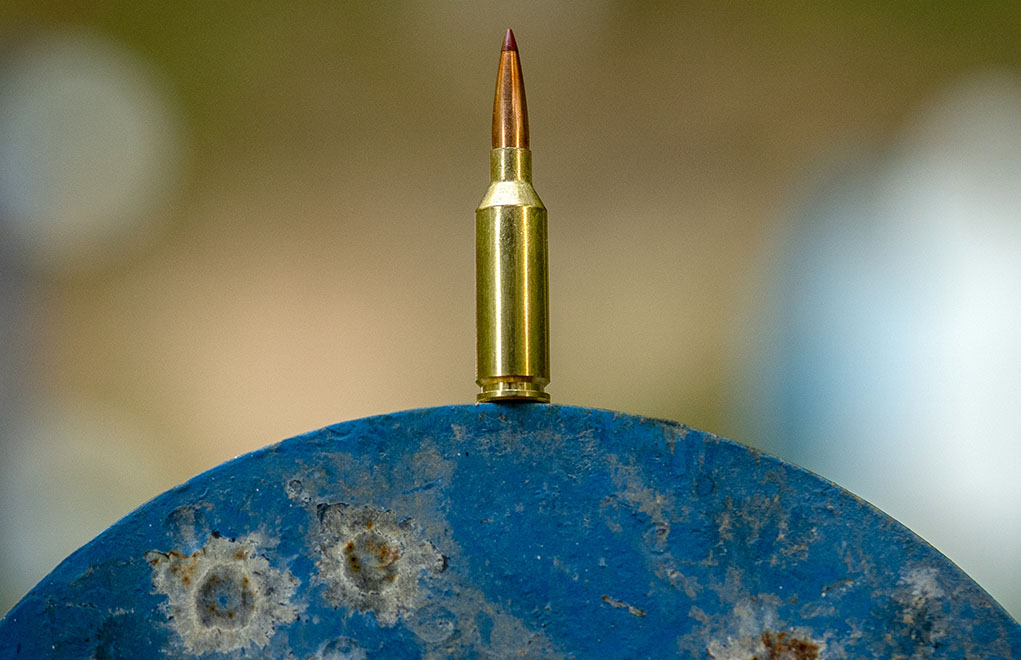
As for wind drift, the much higher BC bullets the .22 ARC uses make a tremendous difference. In a 10 mph, 90-degree crosswind, the .22 ARC will drift about 32 percent less than a .223 Remington, and about 15 percent less than the .22 Nosler and .224 Valkyrie.
And, of course, the ability for bullets from the .22 ARC to retain their velocity better at distance also equates to more energy down range.
Opinion
Initially, I told you that this article would only contain facts, and I have presented them to you as clear and concisely as space allows. Unlike police officers do when writing incident reports, in articles, readers expect gun writers to also provide opinion. A police officer will author his report and include the facts that support things like reasonable suspicion and probable cause, both of which are fact-based determinations. Gun writers do something similar; they take the facts and temper them with their experience to provide opinion. So, in the interest of doing my job, here’s some opinion for you to consider.
I think we should celebrate Hornady for legitimizing—and slightly modifying—the .22 PPC, which is one of the greatest .22 centerfire cartridges of all time. I also think if you want to shoot at extreme distances with an AR-15, the .22 ARC is unquestionably the best cartridge to do that with. For that matter, if you want to shoot at extreme range with a bolt-action .22 centerfire, the .22 ARC is an excellent choice as well.
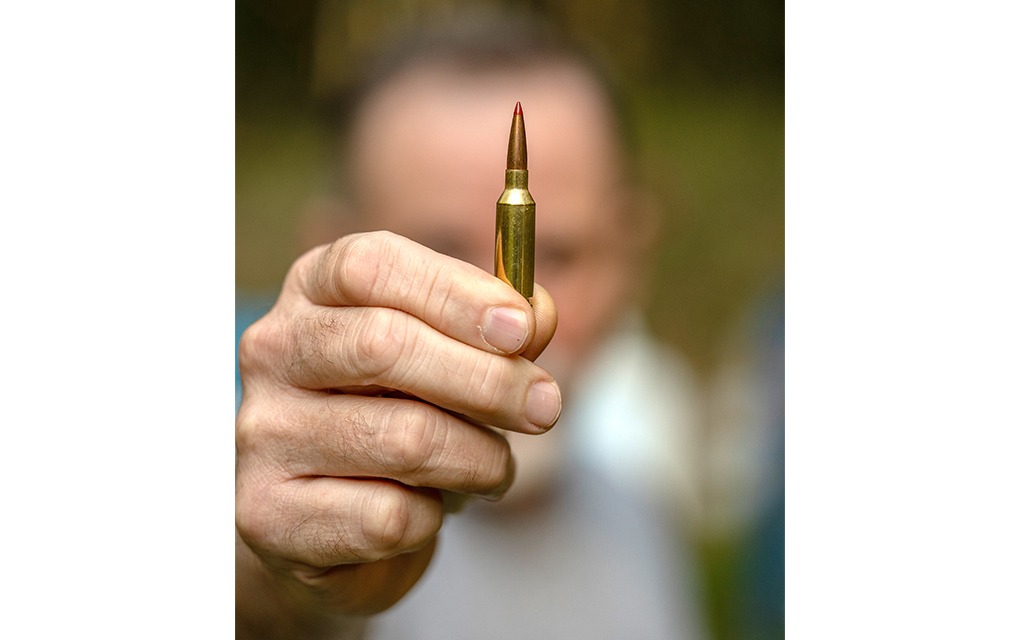
However, I also believe that the .22 ARC will never measure up to the .223 Remington in terms of available factory loads. And because .22 ARC ammo is more expensive and .22 ARC rifles have reduced magazine capacity, I do not think the .22 ARC will ever be anywhere near as popular or as versatile as the .223 Remington.
I do predict that it will ultimately be the second most popular AR-15 compatible .22 centerfire cartridge. If our industry ever stabilizes, more manufacturers will begin loading ammunition for the .22 ARC, and I believe it will soon be surpassing the popularity of the .22 Valkyrie and .22 Nosler.
Editor’s Note: This article originally appeared in the December 2024 issue of Gun Digest the Magazine.
More On Rifle Ammo:
Read the full article here
